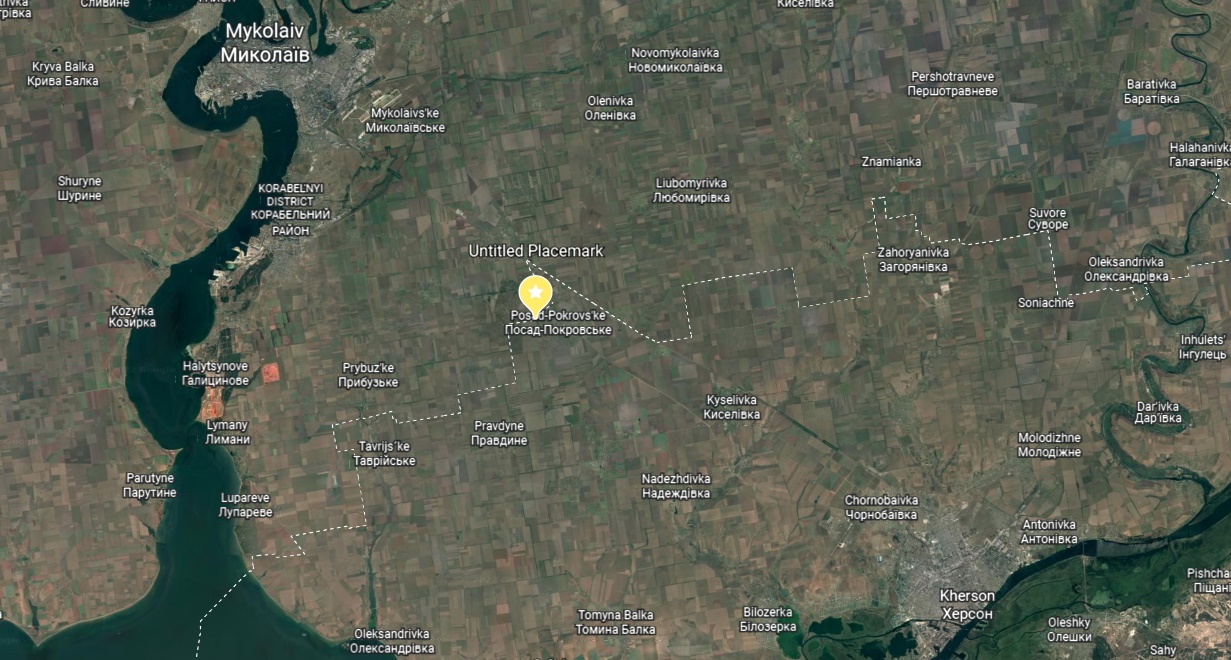Ukraine update: Russian media claims the EU is about to splinter, with Russia regaining East Germany
This post was originally published on this site
News out of Mariupol suggests that many of the remaining Ukrainian fighters are restricted to the Azovstal metal refinery on the southeast of the city. That may make it seem that Russia has these Ukrainian forces backed into a single building, which they can simply level with the next round of artillery.
But that plant is actually an enormous expanse of connected refineries, factories, offices, and shipping facilities. Overall, there’s about a square mile of Azovstal buildings, plus miles more of slag heaps, coal piles, and metal ore around them. It was easily the least scenic area in Mariupol, even before the bombing began—the kind of industrial hellscape seen in some American cities before the steel industry was made to clean up its act. It’s just that now the rest of the Mariupol has been reduced to match.
The blue area here represents most of the Azovstal buildings. This is also the area where a large number of surrenders were reported on Wednesday. This suggests that not everyone in this area—which is known to have held members of the 36th Marine Brigade—took part in the surrender. On the west side of the map, in the area colored yellow, is an area that was earlier known to be under the control of the Azov Battalion. Some members of the 36th earlier fought their way across that gap in between (a space that contains a lot of the slag heaps, coal piles, etc) to connect with Azov. At the start of the week, Ukrainian fighters were also said to hold positions in the north-central part of the city, but there have been few reports from that area and the current status isn’t known.
In any case, Russia seems focused on crushing the resistance that remains at Azovstal.
Sometime today, Oryx’s page tracking equipment losses in Ukraine is likely to tally the 3,000th verified Russian loss. (At the time of this writing, it’s sitting at 2,899, including 507 tanks, but there are several vehicles known to not currently be included in those totals). It’s been a while now since we ran the report on Russian losses from the Ukrainian ministry of defense, but here are those numbers at this point.
While these numbers are higher than those at Oryx, that site only records the equipment that can be verified from images and videos released online, and which can be determined to not be a duplicate of some other image. That means the Oryx numbers are a minimum. For the most part, the Ukrainian MOD numbers seem entirely reasonable, with the possible exception of the aircraft, which is also understandable. A shot fired at a tank is likely to give somewhat definitive results, but a bullet fired at a jet or helicopter, even if it works, may not leave behind a wreck on Ukrainian territory. It’s easy to imagine soldiers reporting that they scored a hit, but don’t have a tail number on the ground to be recorded.
A prisoner exchange reportedly took place between Russian and Ukrainian forces outside Kherson. The number of the prisoners exchanged was small—four Russian soldiers for five Ukrainians—but the location may tell us something.

The location was the village of Posad-Pokrovske, along the M14 highway connecting Mykolaiv and Kherson. This position can likely be regarded as the current line between Russian and Ukrainian forces in the area, suggesting that despite an apparent Ukrainian attempt to take Kherson from the south, and an exchange of several towns and villages to the northeast, the border of occupied territory along this route hasn’t really changed in the last two weeks.
Russian media is spinning further and further into their own kind of Pu-Anon.
As with many such conspiracy theories, the biggest point is to claim that your enemy—in this case, both NATO and the EU—is very weak and soon going to fall apart, leaving your team in the driver’s seat. This kind of claim can be good at raising morale and confidence in the short term. In the long term, people begin to notice that your wonder team is always losing to a weak team.
